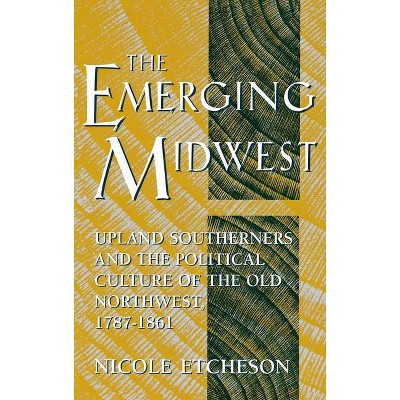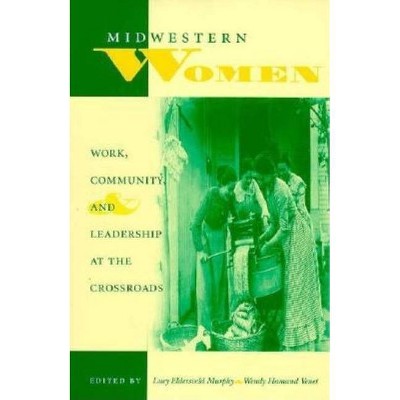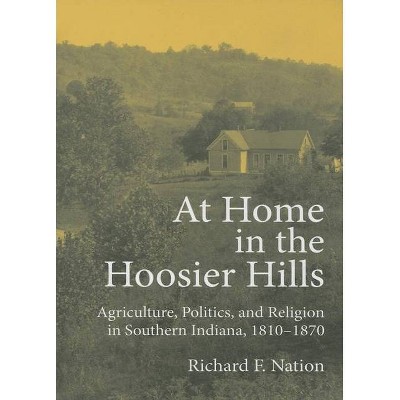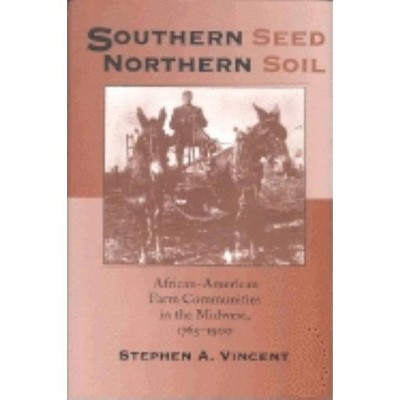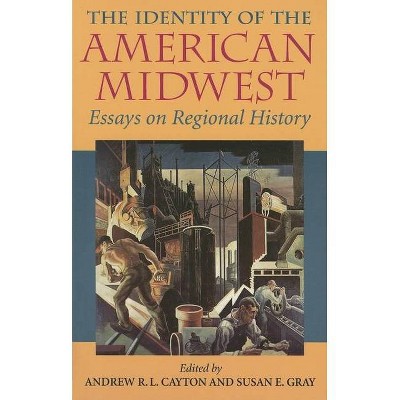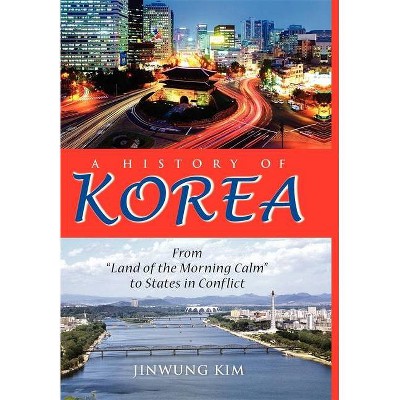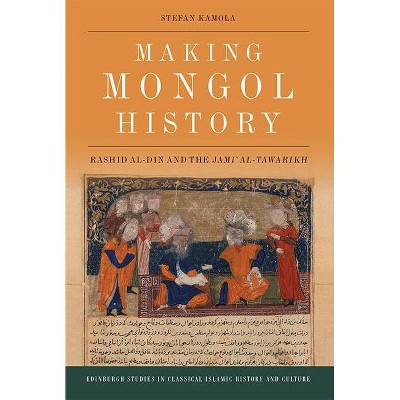River of Enterprise - (Midwestern History and Culture) by Kim M Gruenwald (Hardcover)
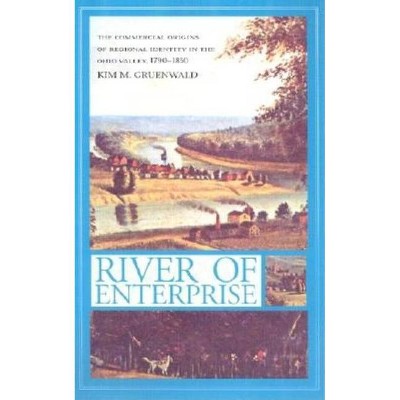
Similar Products
Products of same category from the store
AllProduct info
<p/><br></br><p><b> About the Book </b></p></br></br>Only as regional commercial concerns gave way to statewide industrial concerns, and as artificial transportation networks such as canals and railroads supplanted the river, did those living to the north define the Ohio as a boundary.<p/><br></br><p><b> Book Synopsis </b></p></br></br><p>Gruenwald's book will make the same contribution to historical knowledge of the Ohio Valley as Lewis Atherton's Frontier Merchant did for our understanding of the mercantile Midwest in the mid-nineteenth century.... a finely crafted narrative that lets the reader understand that the Ohio River always served more as an artery, that is, a river of commerce, than a dividing line or boundary." -R. Douglas Hurt, author of The Ohio Frontier</p><p>River of Enterprise explores the role the Ohio played in the lives of three generations of settlers from the river's headwaters at Pittsburgh, Pennsylvania, to the falls at Louisville, Kentucky. Part One examines the strategies of colonists who coveted lands "Across the Mountains" as space to be conquered. Part Two traces the emergence of a new region in a valley transformed by commerce as the Ohio River became the artery of movement in "the Western Country." Part Three reveals how relations between neighbors across the river cooled as residents of "the Buckeye State" came to regard the river as the boundary between North and South. From 1790 to 1830, the Ohio River nurtured a regional identity as Americans strove to create an empire based on the ties of commerce in frontier Ohio and Kentucky, and the backcountry of Pennsylvania and Virginia. </p><p>The book studies the local, regional, and national connections created by merchants by tracing the business world of the Woodbridge family of Marietta, Ohio. Only as regional commercial concerns gave way to statewide industrial concerns, and as artificial transportation networks such as canals and railroads supplanted the river, did those living to the north define the Ohio as a boundary.</p><p/><br></br><p><b> Review Quotes </b></p></br></br><br><p>[F]ocusing on the Ohio River's significance as a commercial artery and on the important role merchants played in linking the region with the wider market economy, Kim M. Gruenwald argues that commercial 'connections' and 'patterns of integration' with the larger nation took place long before a plethora of abolitionists and steamboats divided the region. . . an important book.dec. 2003</p>-- "Enterprise & Society"<br><br><p>Regional histories of the Ohio River Valley often reflect traditional interpretations of the postrevolutionary era that emphasize westward expansion and the division of the nation over slavery (the Northwest Ordinance, 1787), with the beautiful Ohio serving to dissect a free labor North from a slaveholding South. Gruenwald (Kent State Univ.) takes issue with these interpretations, asserting that [t]his study seeks to explain the changing meaning and role of the Ohio River in the lives of three generations of valley settlers . . ., which over time helped to create a regional identity [having little to do with North or South] in the West on both banks as Americans strove to create an empire based upon the ties of commerce. As commerce and farming grew and trade increased, industries thrived, with a new form of transportation superseding water-linked travel. It was only then, well into the 19th century, that the Ohio [served] as the boundary between North and South. This meticulously written work is for all with interests in early national history. It might be read alongside Andro Linklater's Measuring America: How an Untamed Wilderness Shaped the United States and Fulfilled the Promise of Democracy (2002). Summing Up: Highly recommended. All public and academic libraries.May 2003</p>--P. D. Travis "Texas Woman's University"<br><p/><br></br><p><b> About the Author </b></p></br></br><p>Kim M. Gruenwald is Assistant Professor of History at Kent State University.</p>
Price History
Price Archive shows prices from various stores, lets you see history and find the cheapest. There is no actual sale on the website. For all support, inquiry and suggestion messagescommunication@pricearchive.us
